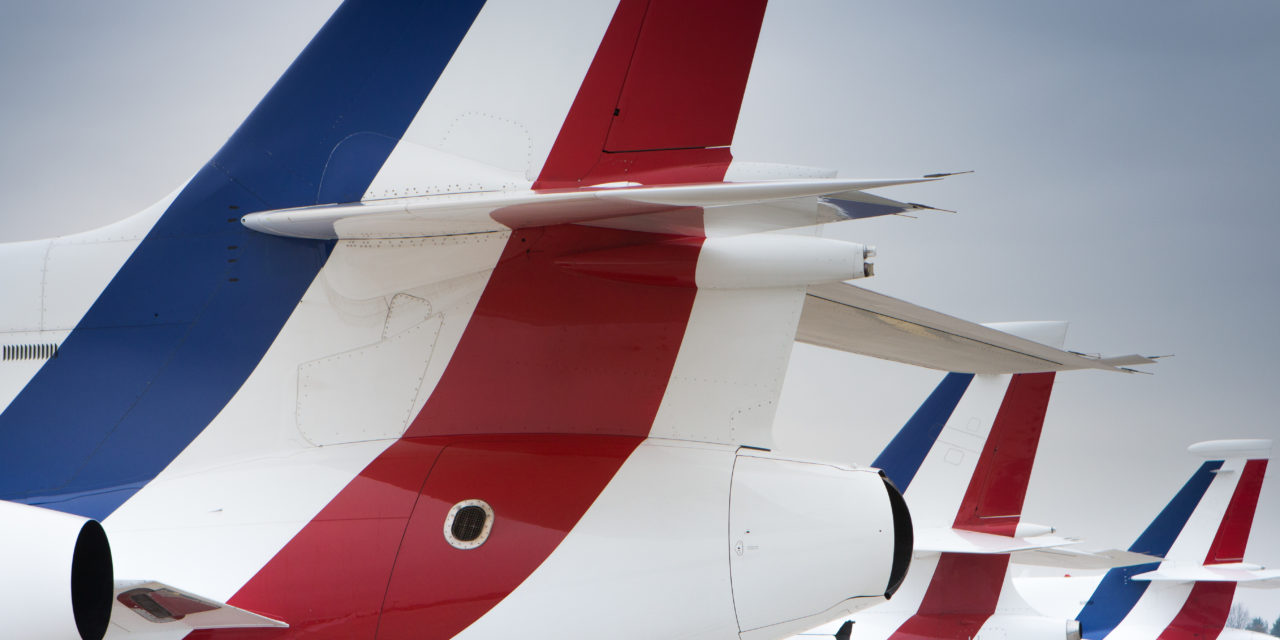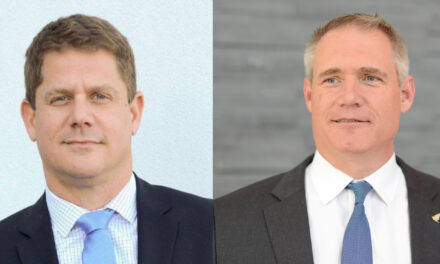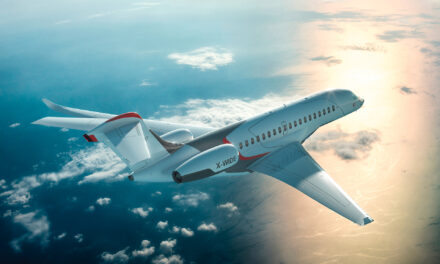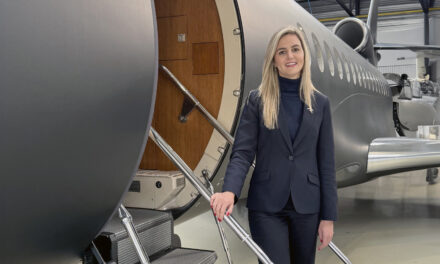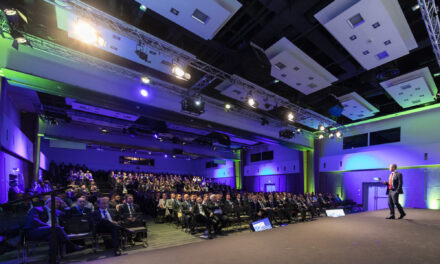By Fred Vergneres
In the face of the Coronavirus, the French Air Force was called upon for medical evacuations in order to relieve congestion in certain hospitals. On March 18, the French Air Force carried out the first medical evacuations from Mulhouse hospital to Marseille and Toulon hospitals aboard an A330 MRTT “Phénix” equipped with the “Morphée” medical module. This is a first in the French region, which has since been renewed on March 21st, and should last throughout the epidemic. These are strong tools, however, the Minister of the Armed Forces, Florence Parly, could, in case of a crisis, activate a second asset through the use of the Escadron de Transport 60 – ET60 aircraft – located at Villacoublay air base 107.
This squadron, which is known to carry out mainly transport missions on behalf of the President and the French government, is also deployed during external operations for missions involving emergency medical evacuation –Medevac– to repatriate wounded soldiers. Missions where the squadron has been specialized for several decades, and remains a reference throughout the world today. Faced with the COVID-19, the ET60, at the request of the Minister’s office, studied the possibility of doubling its Medevac alert, as outlined in a recent Air Force press release: « In accordance with our alert contract, we have a crew and a Falcon ready to carry out a Medevac at the benefit of soldiers engaged in overseas theatrical operations or for the benefit of forces dispatched abroad, but also in the overseas departments and territories, » emphasized by the Lieutenant Colonel Nicolas, Chief of Operations of the ET60, before adding: « Since March 19th, our alert capability has been doubled with a second Falcon, and twice as many alert personnel. »
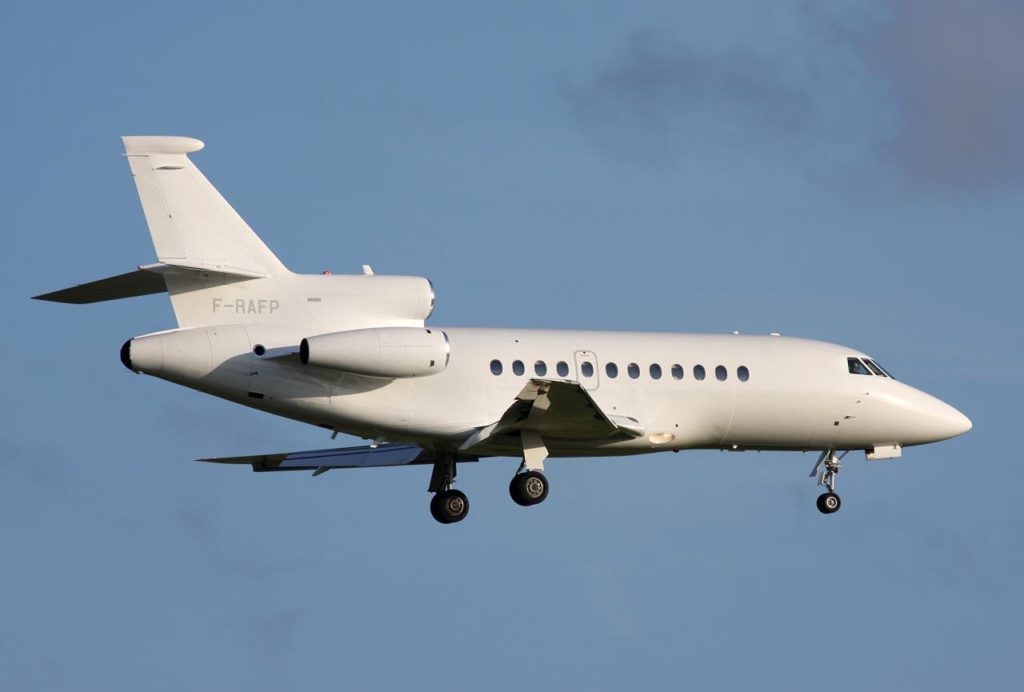
The squadron has adopted a warning regime with six pilots, and a 2-person cabin crew. One Falcon 2000LX and one Falcon 900, equipped to handle two recumbent casualties who are intubated and ventilated. Although Evasan‘s missions are part of the squadron’s DNA, these missions that were carried out in the heart of the hexagon do to a special context, as they «require flying with protective gloves and masks,» explained Lieutenant-Colonel Nicolas. « It’s unusual for us to be in the cockpit, while the medical team at the rear is has to wear protective equipment, surgical masks and gloves. » These flights also require sanitary measures to disinfect the aircraft and personnel. « Within the squadron, measures have been defined on the activities following a flight: how to wash our clothes, or how to remove preparation equipment. These are the procedure to adapt to the local environment, » said Lieutenant Colonel.
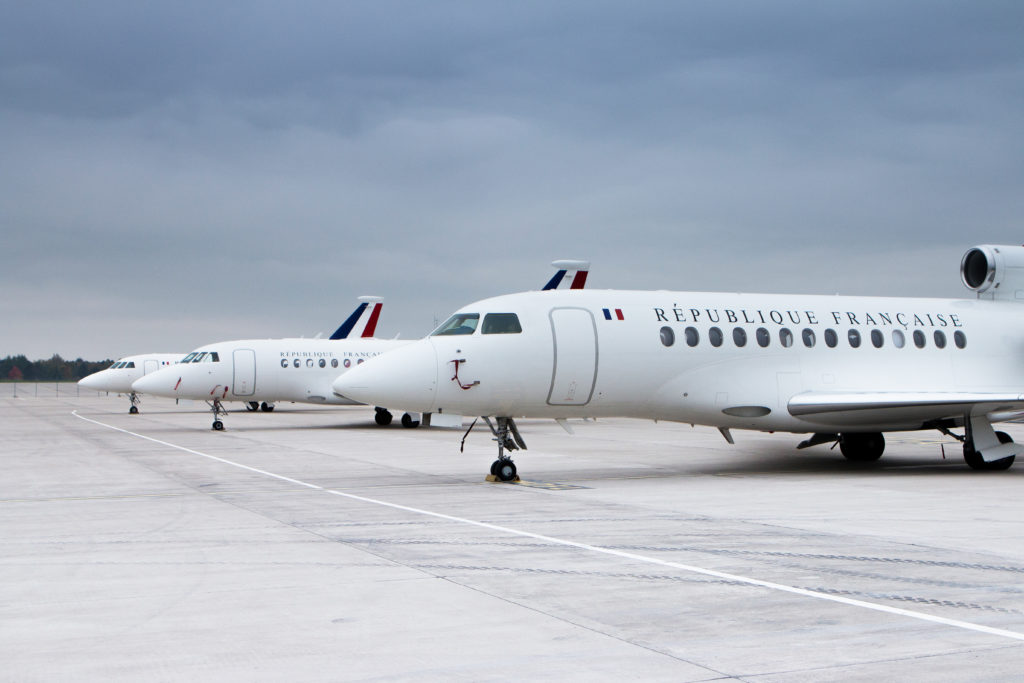
The press release indicates that this reinforced alert is also applied to the medical teams of the 6/560 Aero Sanitary Aviation Squadron (EAS) “Etampes,” who are included in the crew. Like the ET60, the main mission of the EAS is to repatriate French military personnel wounded in operations back to France. But, it could now play an additional role with the care of French coronavirus patients. «There is a mobilization of all the personnel. This health risk involves an enormous amount of activity, because we have to protect our teams from the disease and be able to carry out missions for the benefit of the French population, but also to maintain our operational capacity to repatriate our soldiers on mission,» said Lieutenant-Colonel Marilyn Franchin Frattini, commander of the EAS. « We are used to treating seriously injured patients. When treating a coronavirus patient, what changes for us is the type of disease and the protective equipment, as we work with a mask, goggles, double gloves and a smock. I’m very proud of my staff and their dedication in dealing with this situation, » adds the EAS commander.

